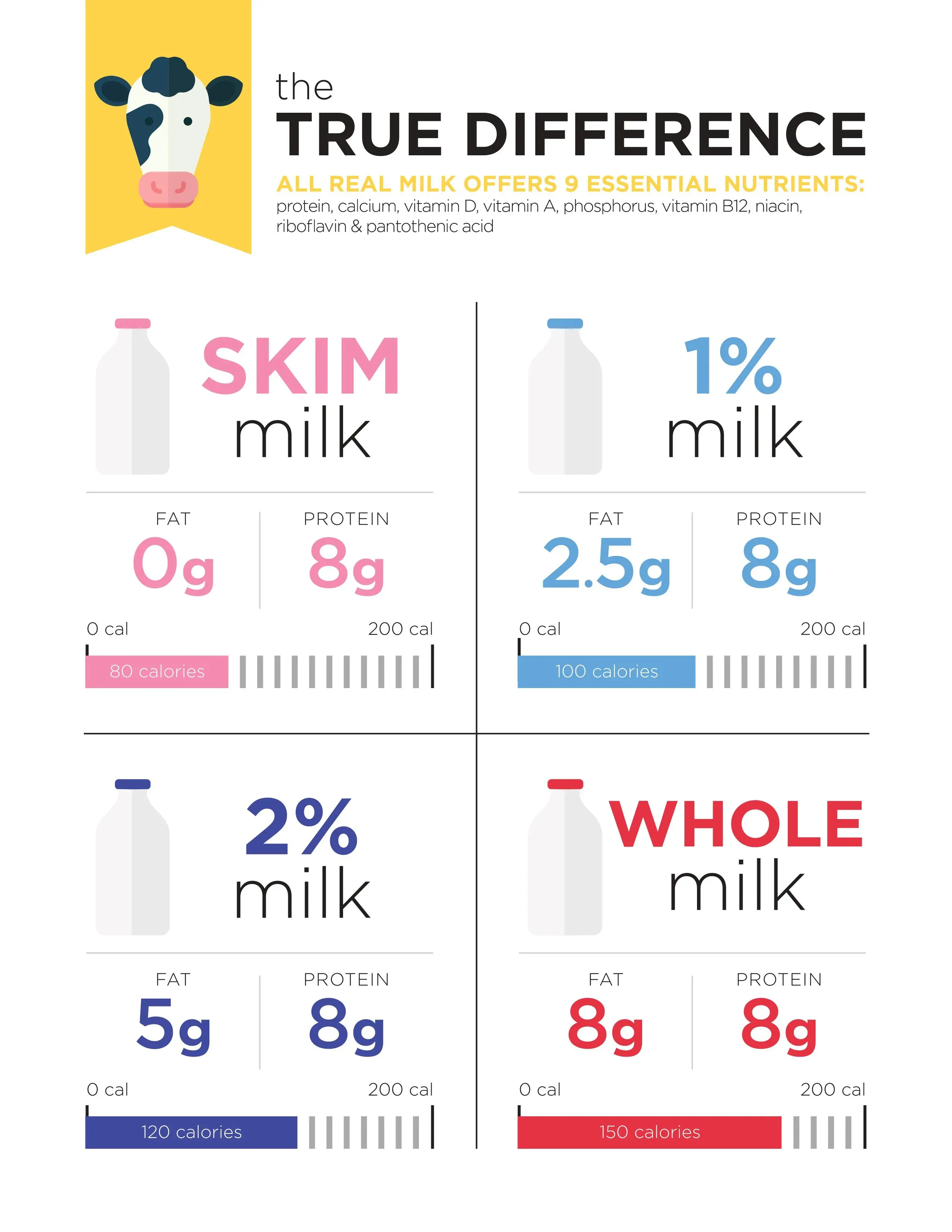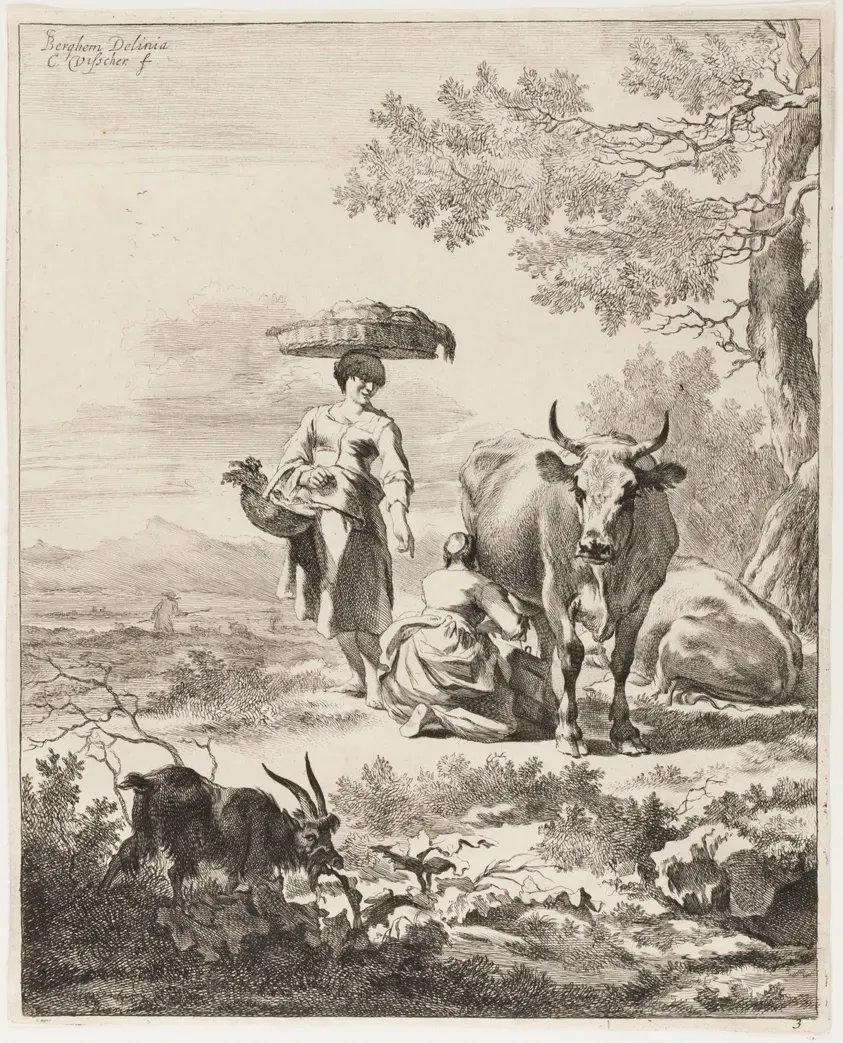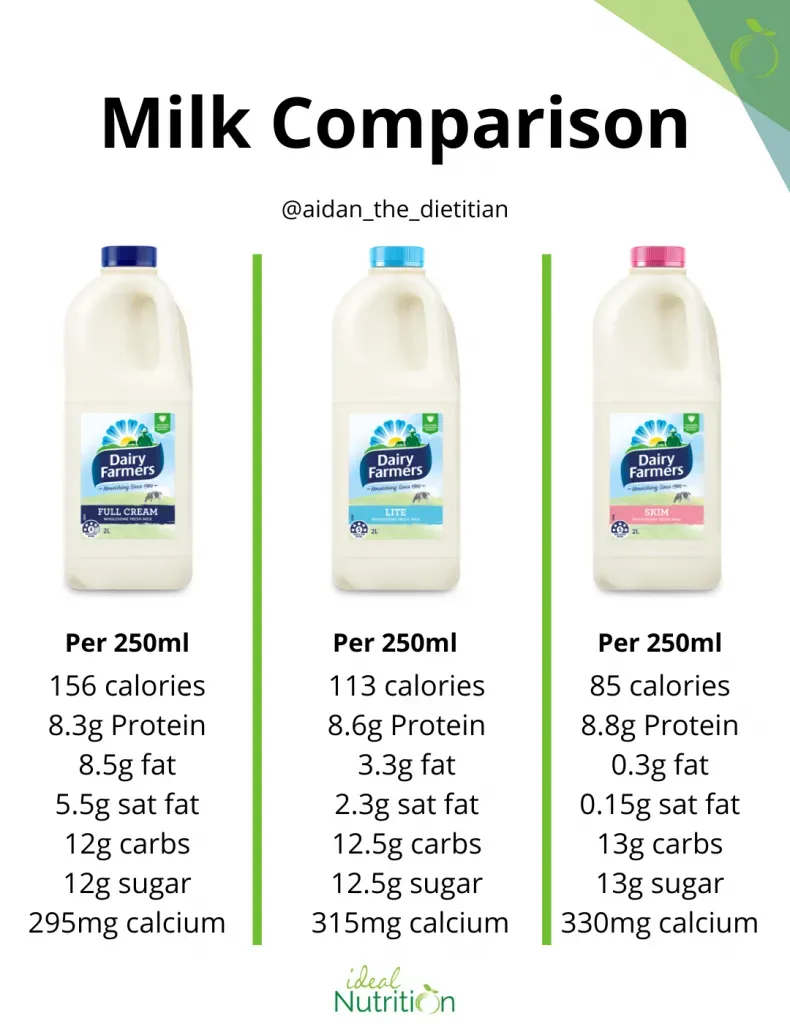Table of Contents
You're standing in the dairy aisle, staring at rows of white cartons. One says "low fat," another "skim." Your brain starts to short-circuit. Are they the same thing? Is low fat milk skim milk? It feels like a simple question, but the answer is a bit more nuanced than you might think, and honestly, the labels don't always help. Grocery store jargon can turn a quick trip into a confusing puzzle, especially when you're trying to make specific choices about what you're putting in your body.
Is Low Fat Milk Skim Milk? Clearing Up the Dairy Aisle Confusion
Is Low Fat Milk Skim Milk? Clearing Up the Dairy Aisle Confusion
Let's be honest, standing in front of the milk cooler can feel like a pop quiz you didn't study for. You see cartons labeled "whole milk," "2%," "1%," and "skim." Then you spot "low fat" and the real head-scratcher begins: is low fat milk skim milk? It's a question that trips a lot of people up, and the packaging doesn't always make it crystal clear. You're trying to make a healthy choice, maybe cut back on fat, but the dairy aisle presents a spectrum of options that seem vaguely similar but definitely have different names. Navigating this requires understanding what those percentages and terms actually signify beyond just marketing jargon.
Decoding Milk Labels: From Whole to Skim, What's the Fat Count?
Decoding Milk Labels: From Whole to Skim, What's the Fat Count?
Alright, let's break down what those numbers and names on the milk carton actually mean. It's not just random branding, there's a method to the madness, or at least, a regulation. Whole milk, the stuff that comes straight from the cow (mostly, after pasteurization and homogenization), clocks in at around 3.25% fat by weight. That percentage is the anchor point. From there, things get stripped away. Reduced-fat milk, often labeled as 2%, has, you guessed it, 2% fat. Low-fat milk is typically 1%, meaning it contains 1% fat by weight. And then there's skim milk, which has had almost all the fat removed, getting down to less than 0.5% fat. So, when you see "low fat," it usually means 1%, making the question "is low fat milk skim milk?" a solid "not usually."
The Skinny on Skim: Why Some Low Fat Milk is Called Skim
The Skinny on Skim: Why Some Low Fat Milk is Called Skim
The Regulatory Gray Area
So, you've got your whole milk at 3.25% fat, 2% milk, and 1% milk (which is generally what "low fat" means). Skim milk, as we noted, is supposed to be less than 0.5%. Pretty clear cut, right? Not always. The confusion around "is low fat milk skim milk" sometimes creeps in because of how regulations are written or, frankly, how marketers decide to label things to catch your eye. While "skim" technically means virtually zero fat (under 0.5%), some places or brands might use "low fat" as a broader term that *could* encompass skim milk, or milk very close to it. It's like calling all red cars "vehicles" – true, but not specific. The key is the actual fat percentage listed, usually right under the name.
When "Low Fat" Means Almost No Fat
Think of it this way: if "low fat" is defined as anything between 0.5% and 3% (which isn't a strict universal rule, but helps illustrate the point), then skim milk (less than 0.5%) technically falls *outside* that range, being "no fat" or "fat-free" milk. However, because skim milk is, by definition, lower in fat than 1% or 2%, some people casually refer to it as "low fat" because it fits the general description of having significantly less fat than whole milk. It's less about the technical definition and more about common parlance. It’s a bit like calling a decaf coffee "low caffeine coffee." Accurate in spirit, but not the official term. Always check the percentage on the carton to be sure if you're aiming for true skim.
To clarify the fat percentages:
- Whole Milk: Around 3.25% fat
- Reduced-Fat Milk (2%): 2% fat
- Low-Fat Milk (1%): 1% fat
- Skim Milk (Non-fat): Less than 0.5% fat
Beyond Fat: Nutrient Differences in Skim vs. Other Low Fat Milk
Beyond Fat: Nutrient Differences in Skim vs. Other Low Fat Milk
Still Got the Good Stuff: Calcium, Protein, and B Vitamins
so we know the fat content changes drastically as you move from whole milk down to skim, which clarifies the "is low fat milk skim milk" question on a fundamental level. But what about everything else? Does pulling out the fat strip the milk of its nutritional soul? Not entirely. The good news is that many of the key nutrients milk is famous for stick around. You're still getting a solid dose of calcium, crucial for building strong bones – it doesn't disappear with the fat. Protein, the building block your body loves, remains largely unaffected as well. Riboflavin and vitamin B12, those important B vitamins, are also still present in similar amounts across the different fat levels. So, if you're drinking milk primarily for these benefits, the fat level doesn't make a huge difference.
Where Fat Matters: Vitamins A and D
Here's where the fat removal *does* make a noticeable difference. Vitamins A and D are fat-soluble. This means they are naturally found in the fat portion of the milk. When the fat is skimmed off to make 1% or skim milk, a significant amount of these vitamins goes with it. Historically, this was a drawback of lower-fat milk. However, nowadays, milk is almost always fortified with vitamins A and D. This means they add these vitamins back in during processing. So, while the natural source is removed, the milk is usually supplemented to ensure you still get these important nutrients, regardless of whether you chose whole, 2%, 1%, or skim (the milk that answers "is low fat milk skim milk" by being the lowest fat option).
Let's look at how fat impacts some key nutrients (assuming fortification):
Milk Type | Fat Content | Calcium | Protein | Vitamin A (Fortified) | Vitamin D (Fortified) |
|---|---|---|---|---|---|
Whole Milk | ~3.25% | High | High | Present | Present |
Reduced-Fat (2%) | 2% | High | High | Present | Present |
Low-Fat (1%) | 1% | High | High | Present | Present |
Skim (Non-fat) | <0.5% | High | High | Present | Present |
Taste, Texture, and Calorie Count
Beyond the core nutrients like calcium and protein, removing fat obviously impacts the calorie count. Whole milk has the most calories because fat is calorie-dense. As you go down the fat percentages – 2%, 1%, and then skim – the calories decrease. This is often a primary reason people choose lower-fat options, aside from concerns about saturated fat intake. It's also undeniable that fat contributes to the richness and mouthfeel of milk. Whole milk feels creamier and has a fuller taste compared to the thinner consistency and less rich flavor of skim milk. This difference in sensory experience is why some people have a strong preference for one type over another, regardless of the nutrient breakdown (assuming fortification is equal).
Is Skim Milk or Low Fat Milk Right for Your Glass? Making the Call
Is Skim Milk or Low Fat Milk Right for Your Glass? Making the Call
Considering Your Dietary Goals and Taste Buds
so we've established that is low fat milk skim milk? Not exactly, and the key difference is primarily the fat percentage. Now the real question is, which one should you actually drink? This isn't a one-size-fits-all answer. Your personal dietary goals play a huge role. Are you actively trying to reduce calorie intake? Skim milk, with its minimal fat, will have the fewest calories. If you're less concerned about cutting every single calorie and more focused on a balance, 1% (low-fat) milk offers a middle ground. It has fewer calories and saturated fat than whole milk but retains a bit more richness than skim. And let's not forget taste. Some people simply cannot stand the thinner texture and less creamy flavor of skim milk. If drinking milk feels like a chore because you dislike the taste, you're less likely to get the nutritional benefits consistently. Sometimes, a slightly higher fat percentage (like in 1% or even 2%) is worth it if it means you'll actually drink it and get the calcium and protein.
Who Needs Which Milk? Thinking About Specific Needs
Beyond general preferences, certain situations might make one type of milk a more sensible choice. For instance, if you're managing cholesterol levels, opting for skim or 1% milk significantly reduces saturated fat intake compared to whole milk. Athletes or those needing extra calories might stick with whole milk for the energy density. For most adults who aren't on a strict low-fat diet, 1% or 2% milk offers a good balance of nutrients and palatability. Children under two years old, on the other hand, typically need the higher fat content of whole milk for proper development. So, when asking Is Skim Milk or Low Fat Milk Right for Your Glass? Making the Call involves looking at your age, health status, and overall diet. Don't just grab the carton labeled "low fat" assuming it's the automatically "healthiest" without considering what your body actually needs and what you enjoy drinking.
Factors to consider when choosing:
- Your daily calorie target
- Your saturated fat intake goals
- Personal taste and texture preferences
- Age and specific dietary needs (e.g., young children, athletes)
- Whether the milk is fortified with vitamins A and D (most are)
Making Sense of Your Milk Choice
So, is low fat milk skim milk? The short answer is: sometimes, but not always. Skim milk is a type of low fat milk – specifically, the one with virtually no fat, usually less than 0.5%. Other low fat options, like 1% or 2% milk, also fall under the "low fat" umbrella but still contain more fat than skim. The key takeaway? Don't just grab a carton based on the "low fat" label alone if you're specifically aiming for skim. Check the percentage. Understanding these labels means you're not just guessing in the dairy aisle; you're making an informed decision about the fat, calories, and nutrients you're getting in your glass. No more dairy aisle head-scratching.
